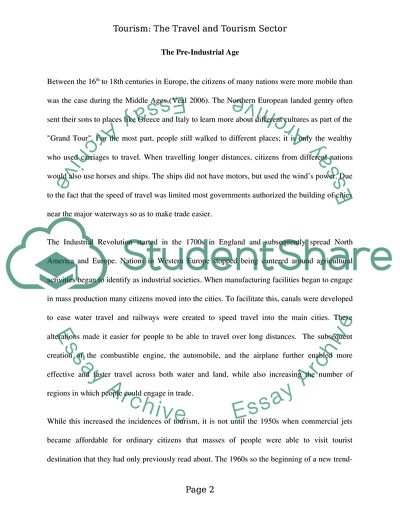Cite this document
(The Travel and Tourism Sector Assignment Example | Topics and Well Written Essays - 2750 words, n.d.)
The Travel and Tourism Sector Assignment Example | Topics and Well Written Essays - 2750 words. https://studentshare.org/tourism/1802667-the-travel-and-tourism-sector
The Travel and Tourism Sector Assignment Example | Topics and Well Written Essays - 2750 words. https://studentshare.org/tourism/1802667-the-travel-and-tourism-sector
(The Travel and Tourism Sector Assignment Example | Topics and Well Written Essays - 2750 Words)
The Travel and Tourism Sector Assignment Example | Topics and Well Written Essays - 2750 Words. https://studentshare.org/tourism/1802667-the-travel-and-tourism-sector.
The Travel and Tourism Sector Assignment Example | Topics and Well Written Essays - 2750 Words. https://studentshare.org/tourism/1802667-the-travel-and-tourism-sector.
“The Travel and Tourism Sector Assignment Example | Topics and Well Written Essays - 2750 Words”. https://studentshare.org/tourism/1802667-the-travel-and-tourism-sector.


